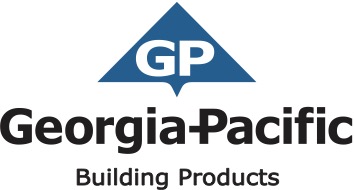Making Transitions: Keeping Air And Water Barriers Continuous
Building envelopes need to create the four barriers needed as part of any building enclosure, namely water-resistive barriers (WRBs), air barriers (AB
Sponsored by Georgia-Pacific Building Products | Presented by John Chamberlin
Webinar On-Demand
In this course, we will focus on three transition areas in particular: wall to foundation, openings, and roof to wall. Further, recognizing the innovations and risk mitigation needed in building envelope design, we will also look at the latest advances in all-in-one, integrated gypsum sheathing that include WRB and AB systems during manufacturing as alternatives to field-applied water and air barrier systems. These integrated systems have been shown to reduce improper field installations, speed up installation, and save time and money during construction. As such, greater reliability and less risk have been found in using such integrated solutions compared to separate field-applied solutions.

Photo courtesy of Georgia-Pacific Gypsum

|
John Chamberlin is the Senior Product Manager at Georgia-Pacific responsible for DensElement Barrier System and the DensDefy line of products. He has worked in the building products industry for his entire career with most of his work focusing on new product development for disruptive technologies in the building envelope space. John is actively involved in the building industry, serving as a member of multiple committees and director for the board of the Air Barrier Association of America and a frequent attendee of his local Building Enclosure Council. He graduated from the University of Tennessee with a Bachelor of Science degree in Marketing and later received his M.B.A. from Emory University. |
LEARNING OBJECTIVES
- Identify the role that building construction transitions play (roof to wall, wall to foundation, and wall to disparate materials) in achieving a well-designed building envelope, including conditions that contribute to failure.
- Recognize the points in the design process where construction transitions need to be addressed and specific areas that require detailed attention.
- Review the conditions that promote movement of bulk water, moisture or vapor drive and how those conditions impact construction transitions, specifically at roof-to-wall, wall-to-foundation, and wall-to-disparate-material locations.
- Describe the importance of maintaining the continuity of water-resistive barriers and air barriers across construction transitions, and assess integrated sheathing products and systems as a means to achieve that continuity.











